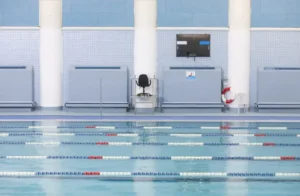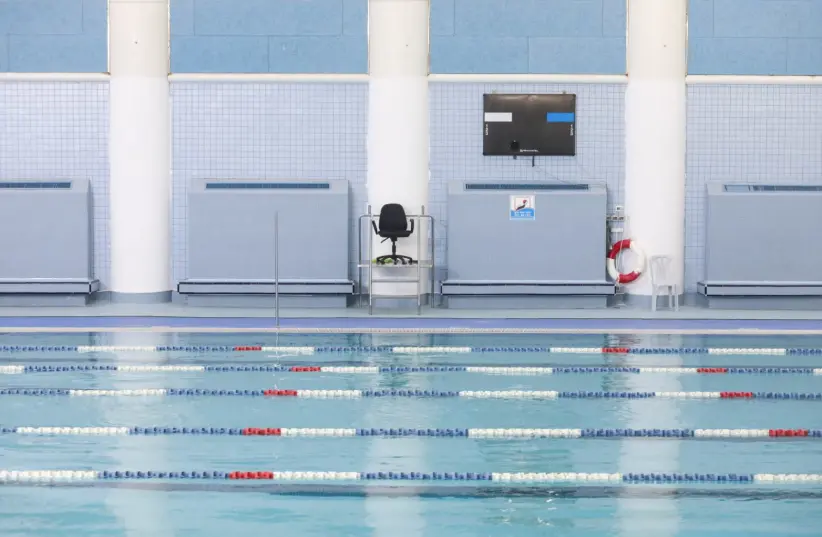Sixteen people have died in Israel since the start of this swimming season. What’s the first important thing to do when seeing someone drowning?

On Tuesday, there were seven drowning incidents across Israel, including a tragic case of a father and daughter who drowned on an undesignated beach in the Palmachim area near Rishon Lezion. A total of 16 people have drowned since the start of the swimming season in April, and unfortunately, with summer in full swing, there’s a real fear of more cases.
Most of the drownings on Tuesday were of children, which is no surprise. Babies and young children are prone to these disasters because they’re small, can’t swim, and can easily be swept away so never leave them without adult supervision near any type of water like pools, lakes and especially the sea, not even for a single second.
The best treatment for drowning is prevention, so it’s very important to observe all precautionary rules. Yet, it’s also important to know emergency procedures that might save someone.
If you see someone flailing and starting to sink, first take care of yourself. Even at a pool, and especially at the sea, make every effort to pull the victim from the water without endangering yourself. Then call the police for help. You’ll be guided and instructed by a paramedic until the ambulance arrives. This guidance is crucial as in stressful situations even people who know how to perform CPR may forget the rules.
How to perform CPR
When the person is out of the water lay him/her on their back with their chin raised slightly up. In this position, the airway is more open. Then see if the person is breathing or not. Look closely at the chest to see if it’s rising and falling, or put your ear close to the victim’s mouth and nose to feel if air is coming out.
If the person isn’t breathing, check for a pulse. The pulse test lasts 10 seconds. Place the index and middle fingers to the left of the central vein on the wrist or on the neck in the hollow to the right below the jawline. If there’s no pulse, start CPR.
For resuscitation of adults or children the base of the palm should be placed in the center of the chest at the nipple line. The second hand is placed on top of the first hand. The chest should be pressed to a depth of about 5 cm at a rate of 100-120 times per minute, or more. It’s important to let the chest rise completely between compressions. Check every five compressions if the person has started to breathe. If not, continue pressing.
In infants the principle is similar but place only two fingers on the sternum and push to a depth of only about 2.5-3 cm.
In any case, even if resuscitation wasn’t necessary and the person seems fine it’s recommended that the person be taken to a hospital for a full exam and follow-up.
This is because the damage caused by drowning can also manifest itself later, especially in kids in what is called dry drowning which happens when one survives a near-drowning. This is rare but it can occur up to 48 hours after the event. Water that wasn’t expelled from the lungs can later cause a severe and life-threatening inflammatory response which can be fatal.

